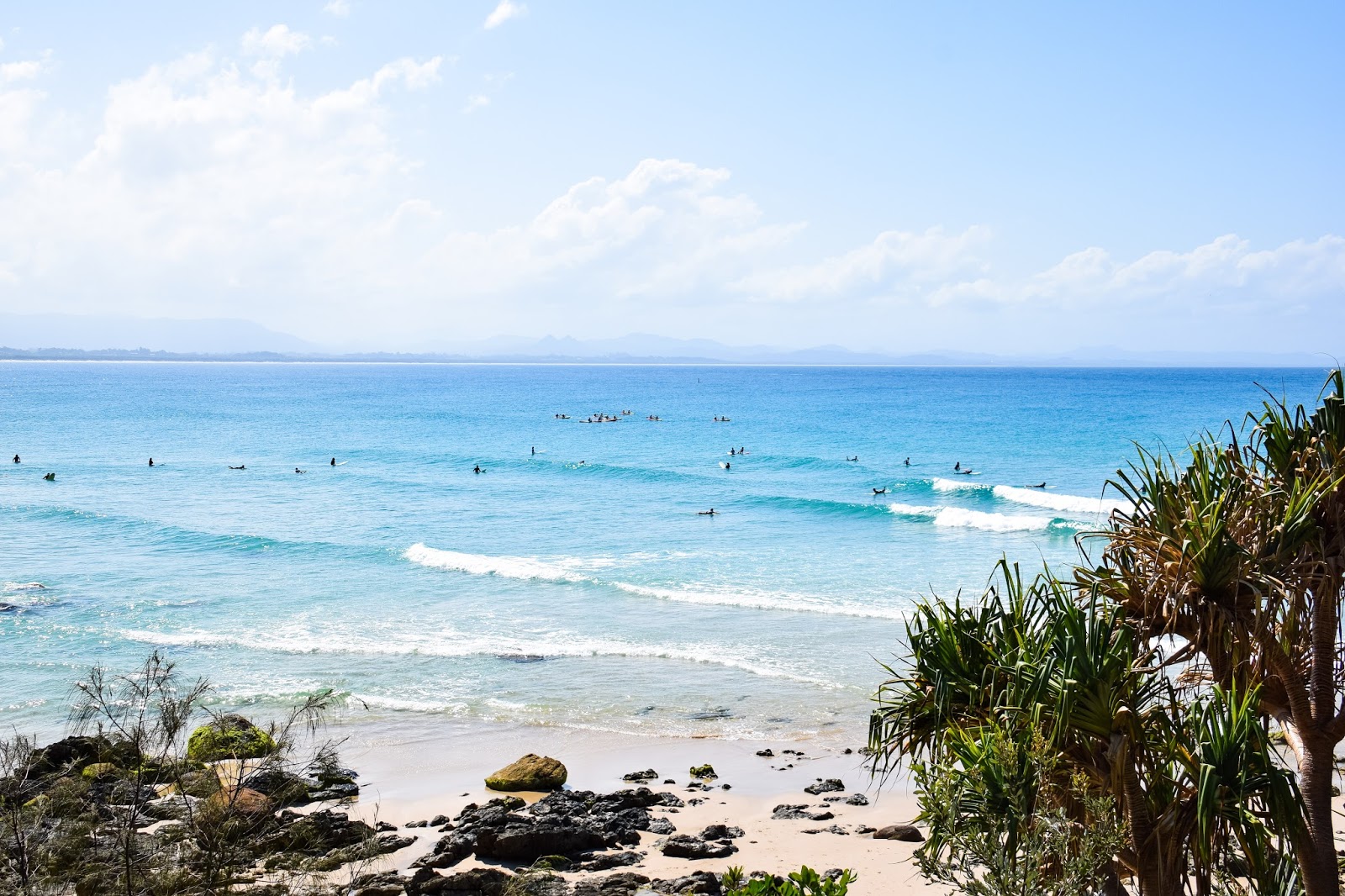
Mastering Self-Defense Techniques for Bus Tour Safety
In an ever-changing world, the importance of being prepared for unexpected situations cannot be overstated. While traveling, especially in crowded environments, individuals can find themselves vulnerable to various challenges. It is crucial to be equipped with knowledge and skills that can help navigate these circumstances with confidence and assurance.
Understanding the landscape of personal security involves recognizing potential risks and learning how to effectively respond to them. With a combination of awareness, quick thinking, and practiced approaches, anyone can enhance their ability to protect themselves and their belongings when faced with adversity. Emphasizing practical approaches enables individuals to feel more secure while exploring new places.
This article delves into effective practices aimed at ensuring personal safety while traveling. By becoming familiar with various methods of safeguarding oneself, readers will gain valuable insights and techniques that can be employed in a multitude of situations. The ultimate aim is to empower individuals to move freely and confidently, knowing they have the skills needed to address any challenges they might encounter.
Understanding the Basics of Self Defense
Familiarity with personal protection strategies is essential for ensuring one’s safety and well-being in various situations. It encompasses a variety of practices designed to empower individuals, enabling them to respond effectively to unexpected encounters. This section presents fundamental concepts that form the foundation for safety practices in different environments.
To grasp the core principles, consider the following key elements:
-
Aware: Maintaining vigilance in your surroundings to detect potential threats before they escalate.
-
Prevention: Utilizing strategies to avoid dangerous situations and minimize risks.
-
Communication: Effectively expressing oneself to diffuse tense encounters and establish boundaries.
-
Physical Response: Understanding basic movements and actions that can be employed if a situation becomes unavoidable.
Implementing these concepts requires practice and commitment. It is also important to recognize that every situation is unique, and adaptability is crucial in responding appropriately. Empowering oneself through knowledge and preparation can lead to greater confidence and safety.
Essential Strategies for Public Transport Safety
Ensuring personal safety while using communal transportation is crucial in today’s fast-paced world. By adopting proactive measures and remaining vigilant, travelers can significantly reduce risks and enhance their experience.
-
Stay Aware of Your Surroundings: Always be attentive to the people and activities around you. Avoid distractions from your phone or other devices.
-
Plan Your Route: Familiarize yourself with the transport schedule and stops. Knowing your surroundings helps you stay collected and confident.
-
Travel in Groups: Whenever possible, use transportation with trusted friends or family. There is safety in numbers, and it can deter potential threats.
Implementing these foundational practices can empower individuals to navigate public transit systems more securely and comfortably.
-
Keep Valuables Concealed: Store your belongings in a secure way. Avoid displaying expensive items that may attract unwanted attention.
-
Use Designated Stops: Always board and disembark from officially designated areas. Well-lit and populated stops are safer.
-
Trust Your Instincts: If something feels off, don’t hesitate to remove yourself from the situation. Your intuition is a powerful tool.
By taking these actionable steps, individuals can enhance their safety and improve their overall experience while navigating through various transportation systems.
Recognizing Threats on Bus Tours
Understanding potential dangers while traveling in a group setting is crucial for everyone involved. Remaining vigilant and aware of your surroundings can significantly reduce risks and enhance personal safety. This section will explore various signs and scenarios that may indicate a threat during your journey.
By honing your observational skills, you can identify red flags early. Here are some common warning signs to be mindful of:
-
Unusual behavior from fellow travelers or strangers.
-
Excessive focus on personal belongings or valuable items.
-
Conversations that seem out of place or suspicious.
-
Unfamiliar individuals lingering in close proximity without clear purpose.
-
Overt displays of aggression or hostility by any party.
Additionally, recognizing specific situations that may escalate into problems is important. Pay attention to:
-
Large crowds where the potential for chaos increases.
-
Dark or poorly lit areas that might conceal threats.
-
Situations that involve excessive alcohol consumption.
-
Disruptive or rowdy behavior among the group.
Ultimately, trusting your instincts plays a vital role in detecting potential threats. If something feels off, it’s essential to take notice and act accordingly to ensure a safe experience for yourself and those around you.
Effective Techniques to Deter Aggressors
In situations where confrontation may arise, applying certain strategies can significantly influence outcomes. By adopting specific approaches, individuals can create an atmosphere that discourages potential threats while ensuring their own safety. This section delves into various methods to effectively manage and mitigate aggressive behavior.
Assertive Body Language
One of the primary ways to deter potential aggressors is through the use of assertive body language. Standing tall with shoulders back and making direct eye contact conveys confidence and self-assuredness. Posture plays a critical role in how others perceive you; appearing composed can often dissuade someone from initiating hostility.
Verbal De-escalation Techniques
Another essential aspect involves utilizing verbal communication to diffuse tense situations. Speaking in a calm and steady voice, maintaining a neutral tone, and choosing words carefully can help to lower the temperature of a confrontation. Active listening not only shows that you acknowledge the aggressor’s feelings but also provides an opportunity to redirect the interaction toward a more peaceful resolution.
Using Your Environment to Your Advantage
In challenging situations, the surroundings can become invaluable assets. Utilizing them effectively can turn the tide in your favor, providing you with tools and opportunities to navigate threats. By being aware of your environment, you can find ways to enhance your safety and potentially diffuse tension.
Here are some strategies to consider:
-
Identify Escape Routes: Always be mindful of exits and pathways. Quick access to an alternate route can create an opportunity to distance yourself from danger.
-
Leverage Objects: Everyday items–like bags, belts, or even umbrellas–can serve as makeshift shields or distractions. They can also be used to obscure your movements.
-
Use Terrain to Your Advantage: Elevation changes, corners, and obstacles can help you evade an approaching threat. Positioning yourself on higher ground can give you a better vantage point.
Additionally, being aware of people around you is essential:
-
Observe Group Dynamics: Recognizing social interactions can provide insights into potential allies or situations that may escalate.
-
Seek Help from Bystanders: If a situation escalates, engaging a nearby person can create a sense of community and deter aggressors.
Being observant and ready to adapt to your surroundings can greatly enhance your ability to handle unforeseen challenges. Remember, the key is to remain calm and think critically about the immediate environment at hand.
Training: Building Confidence and Skills
Incorporating practice into your routine is essential for enhancing personal safety and developing a sense of security in challenging situations. Gaining experience through structured exercises will empower individuals to respond calmly and effectively during unforeseen events. By focusing on specific methods and drills, you can enhance both your mental readiness and physical capabilities.
Key Components of Effective Training
-
Physical Conditioning: Strength and stamina play vital roles in handling confrontational scenarios. Regular exercise not only boosts fitness levels but also improves reaction times.
-
Situational Awareness: Training should emphasize the importance of being aware of your surroundings. Recognizing potential threats early can make a significant difference.
-
Simulation Drills: Practicing real-life scenarios helps individuals get accustomed to dealing with stressors. Role-playing various incidents can build confidence and preparation.
-
Technique Mastery: Focus on mastering a few essential strategies that can be easily executed under pressure. Repetition is key to ensuring these skills become second nature.
Benefits of Regular Practice
-
Increased Confidence: As skills improve, so does self-assurance, allowing individuals to face challenges with a more positive mindset.
-
Enhanced Decision-Making: Experiencing different scenarios in practice fosters quicker, clearer thinking during actual incidents.
-
Community Support: Training often brings people together, creating a supportive network of individuals with shared goals and experiences.
-
Continual Improvement: Regular assessment and feedback provide opportunities for growth, ensuring you are always progressing.
Questions and answers: Bus tour selfdefense
What are the basic self-defense techniques I should know for a bus tour?
For a bus tour, it’s essential to understand a few basic self-defense techniques. First, familiarize yourself with situational awareness; always be aware of your surroundings and the people around you. Learn how to position yourself strategically in a confined space, like a bus, to keep an escape route available. Techniques such as the “forward elbow strike” and “knee strike” can be effective in close quarters. It’s also crucial to practice verbal de-escalation techniques, which can help defuse potential confrontations before they escalate. Finally, consider carrying personal safety devices like pepper spray or a whistle, as they can serve as deterrents and give you an advantage in case of an emergency.
How can I prepare mentally for a potential self-defense situation while on a bus tour?
Mental preparation is just as important as physical readiness in self-defense scenarios. To prepare mentally, start by visualizing different situations you might encounter on a bus tour, such as pickpocketing or unwanted advances. Practice your responses in your mind, focusing on staying calm and assessing the situation quickly. Additionally, educate yourself about common threats and typical behaviors of individuals who might intend harm. Consider taking a self-defense class where you can learn to be assertive and confident in your abilities to protect yourself. Mindfulness practices, like meditation, can also help you maintain focus and keep a level head in stressful situations. The more prepared you are mentally, the better equipped you will be to handle unforeseen challenges.
What legal considerations should I keep in mind regarding self-defense while on a bus tour?
When it comes to self-defense, it’s vital to understand the legal implications surrounding the use of force. Laws vary by region, so familiarize yourself with the self-defense laws in the area where you will be touring. Typically, you are allowed to use reasonable force to protect yourself from imminent harm; however, it must be proportional to the threat you face. Non-lethal options like pepper spray may have specific regulations regarding their use, and using excessive force could lead to legal consequences. Document unusual activities or threats and know how to report incidents to the authorities. Always prioritize de-escalation and avoidance over physical confrontation whenever possible to reduce risks of legal repercussions.
Are there specific self-defense strategies for crowded bus environments?
Yes, there are specific self-defense strategies tailored for crowded bus environments. In such tight spaces, maintaining awareness of your surroundings is critical. Avoid standing near exits in a way that could trap you in an altercation. If you sense trouble, look for companions or bus staff who can assist. Use non-aggressive body language to indicate you are not a target. If confronted, verbal assertiveness can often dissuade potential attackers; confidently say “Back off” or “I’m not interested.” Should physical confrontation become unavoidable, target vulnerable spots such as the eyes, nose, or groin with quick strikes. Always consider escape as your first option—if you can create distance between yourself and a threat, do so.
What should I do immediately after experiencing a self-defense incident on a bus tour?
After a self-defense incident, it’s essential to assess your physical and emotional state first. Check if you are injured and seek medical attention if necessary. Once you ensure your safety, report the incident to the bus staff and local authorities as soon as possible. Provide them with all pertinent information, including details about the assailant and any witnesses. Document the incident by taking notes about what happened, including times and locations; this can be helpful for any potential legal actions later. Additionally, don’t hesitate to reach out to someone for support, whether it be friends, family, or a professional therapist, to process the event emotionally. Remember that it’s natural to feel shaken, and it’s important to prioritize your well-being in the aftermath of any such incident.
What are some effective self-defense techniques for bus travelers?
When it comes to self-defense on a bus, there are several techniques that can enhance your safety. Some effective strategies include situational awareness, where you pay attention to your surroundings and the behavior of other passengers. For example, recognize potential threats by observing suspicious behavior. Additionally, if you find yourself in a confrontational situation, techniques such as using your voice assertively to de-escalate tension or creating distance from an aggressor can be crucial. Physical self-defense moves like strategic kicks or elbow strikes should be reserved for when you cannot escape, and speed and surprise can be your allies in such situations. Lastly, considering safety tools, such as personal alarms or pepper spray, can also provide an added layer of security when traveling by bus.
Is it lawful to carry a firearm on a commercial vehicle like a tour bus?
It is generally unlawful for any person knowingly to carry a firearm on a commercial vehicle such as a tour bus, unless allowed by state law. Some tour companies and bus operators have strict policies prohibiting firearms onboard to ensure the safety of passengers. You may need written permission from the tour company or operator, or a special permit depending on the state, especially in places like TN where laws about carrying a firearm may vary.
Are there exceptions for licensed gun owners or holders of a firearm permit when traveling on a tour bus?
Licensed gun owners or holders of a firearm permit may be able to transport their firearms on certain commercial vehicles, depending on the company’s policy and state law. However, many tour bus companies prohibit carrying a gun onboard, even for permit holders. It’s important to check the specific policy of the bus operator before your trip to ensure you are not violating any regulations.
What do bus operators do to enforce firearm policies?
Bus operators often have a security manager or other enforcement officers to ensure that firearm policies are followed. Some companies may conduct bag checks or block passengers from bringing firearms onboard. Enforcement of these policies is in place to defend the safety of all passengers and reduce liability. Some operators may also have mandatory training programs for drivers and conductors to handle these situations.
Can a firearm be transported or shipped in luggage when traveling by tour bus?
Depending on the tour company’s policy, it may be unlawful to transport a firearm even in luggage. Some companies prohibit guns on board entirely, whether carried on the person or in checked luggage. It is crucial to check the specific bus operator’s rules to avoid violating any regulations related to firearm transportation.
Are there specific states where it is unlawful to carry a gun on public transportation?
Certain states like New Orleans, TN, and others may have statutes that make it unlawful for any person knowingly to deliver, cause to be delivered, or carry a firearm on public transportation, including motor coaches and buses. These statutes are often enforced to comply with both state law and the company’s policies, ensuring that passengers feel safer while traveling.








